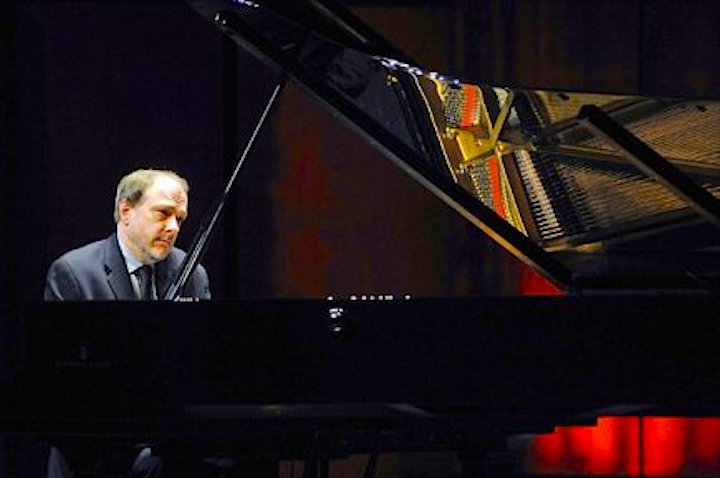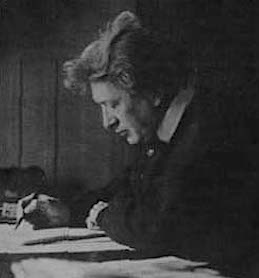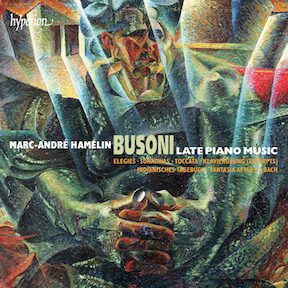
Opening Marc-André Hamelin’s new three-CD Hyperion box of solo piano music by Ferrucio Busoni (1866-1924) beigns a metaphoric visit to Mr Magorium’s Wonder Emporium. You don’t know what you’ll find, and you have no idea if the owner is a genius or a kook — or both.
- Classical Music 101: What Does A Conductor Do? - June 17, 2019
- Classical Music 101 | What Does Period Instrument Mean? - May 6, 2019
- CLASSICAL MUSIC 101 | What Does It Mean To Be In Tune? - April 23, 2019
 The relative few who know of Busoni think of him as a transcriber of J.S. Bach into a large, sometimes ponderous late-Victorian/Edwardian style, like the heavy dark woodwork in an old house.
The relative few who know of Busoni think of him as a transcriber of J.S. Bach into a large, sometimes ponderous late-Victorian/Edwardian style, like the heavy dark woodwork in an old house.
But there’s a lot more to this pianist-teacher-composer.
Besides the Bach, we find a Lisztian search for more meaning in musical expression of emotional and narrative. There are studies of pure form, like counterpoint, divorced from a programme. There are technical studies for the wannabe virtuoso.
 Hamelin’s clear obsessive-compulsive tendencies have collected 196 minutes of all this, arranged with a great deal of thought across those three CDs.
Hamelin’s clear obsessive-compulsive tendencies have collected 196 minutes of all this, arranged with a great deal of thought across those three CDs.
One can either play each disc as a concert programme, or pick through the lot and create a large variety of fresh playlists.
The playing itself is stupendous, finding the right character for each piece. Hamelin’s technique is dazzling in its unobtrusiveness, as always.
There is way too much here to describe in great detail, so I want to focus on Busoni’s experimental middle age.
Starting off CD2 are Six Sonatinas. Every piano student knows that a sonatina is a little morcel of sonata structure, like the 100-calorie bite-size versions of favourite snacks. But not here.
Busoni’s Sonatinas are fascinating, elaborate architectural confections condensed into short pieces. The subject for the first fugue, which arrives about halfway through the first piece, is one of the most diabolical things I’ve ever heard. One searches in vain for fixed tonalities. The second one has no fixed metre. One just has to trust that Busoni and Hamelin will take us someplace interesting and provocative — and they do.
As is the case with all such enormous collections, not every piece here is great, but Hamelin’s clear judgment at least guarantees that there is something to tease the mind, if not the heart, in each track.
For full album details, including audio samples, click here.
This is Hamelin playing the Fantasia after J.S. Bach, BV 253, from 1909 (the ninth track on CD1). The piece, written to commemorate his father’s death, is a showcase not only of Busoni’s creativity, but of Hamelin’s uncanny ability to connect with a keyboard in a wide variety of ways:
John Terauds
- Classical Music 101: What Does A Conductor Do? - June 17, 2019
- Classical Music 101 | What Does Period Instrument Mean? - May 6, 2019
- CLASSICAL MUSIC 101 | What Does It Mean To Be In Tune? - April 23, 2019



